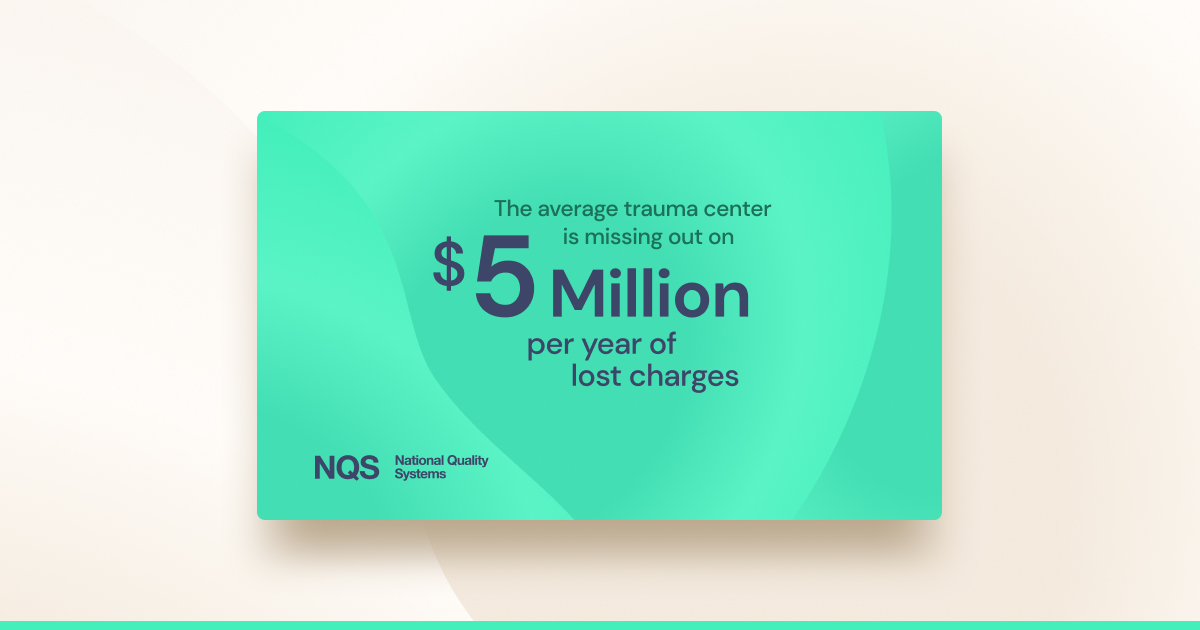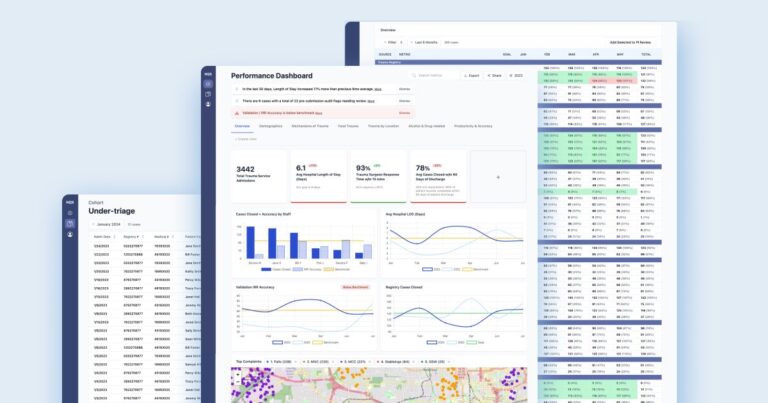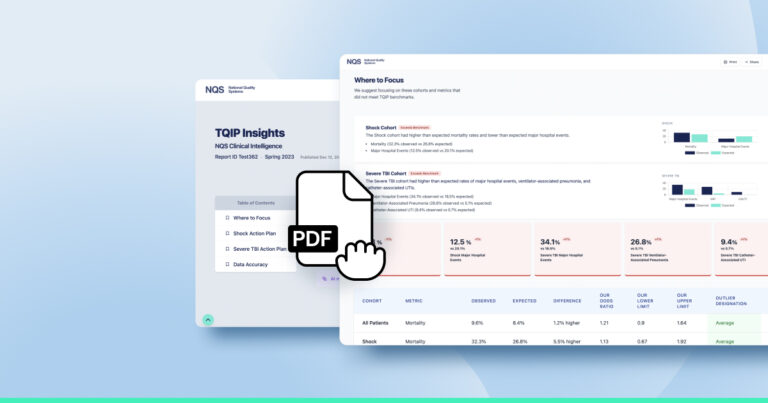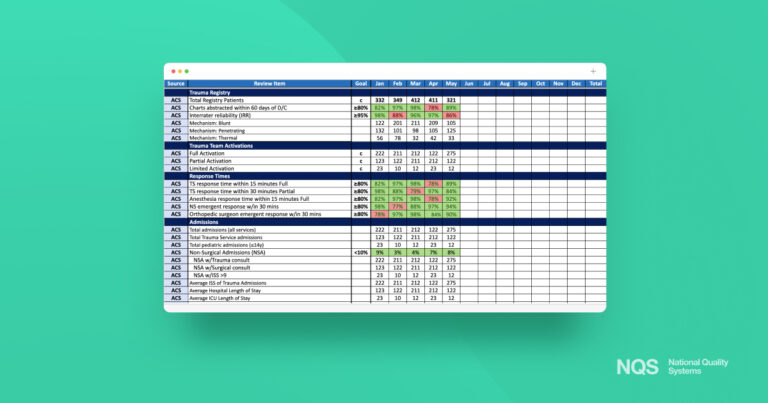

Lost revenue is a significant challenge for trauma centers, with an average of $5 million in lost charges per trauma center. However, there’s hope in recovering some of these funds to bolster resources for better patient care. Below, we’ll talk about a few tips and a revenue assessment and calculator tool to help you identify lost charges.
Benefits of Assessing Lost Trauma Charges
Assessing lost revenue in your trauma program comes with several key benefits:
Financial Recovery: Identifying and recouping lost revenue can inject much-needed funds into your trauma center.
Resource Allocation: Recovered revenue can be channeled towards enhancing resources, improving patient care, and staying at the forefront of trauma medicine.
Use the Trauma Revenue Assessment Calculator Tool
To kickstart your revenue recovery efforts, use our calculator and assessment tool below designed to help you identify potential lost revenue in your trauma program. This resource will provide insights and recommendations tailored to your specific situation. And note:
- You can do it now. You don’t need to run any reports. We help you estimate your answers.
- Use estimates. Your estimated answers can still give insights.
- Email optional. If you want more info, leave your work email. If not, no problem. You don’t need to enter your email.
Take 2 minutes to see how much your trauma center may be missing out on:
Was this helpful? Share it with your colleagues. Copy the link below and share via email or social media.
Share this revenue calculator and assessment tool:
Want even more help? Check out the NQS trauma center platform which includes a trauma revenue dashboard and analysis system. This helps TPMs see revenue accuracy at a glance.
Here are some tips to help recover lost charges:
Tip 1: Ensure All Activations Are Registered as Type 5
One common source of lost revenue is misclassification of trauma activations. Ensure that all activations are correctly registered as Type 5 to avoid underbilling. This step can significantly impact your revenue recovery efforts.
Tip 2: Reconcile Trauma Team Activations in Your Registry with Finance Coding
Collaborate with your revenue cycle manager and finance team to reconcile trauma team activations with financial coding in addition to your trauma registry data. Request reports on revenue codes UB 68x to ensure that coding accurately reflects the services provided by your trauma team.
Tip 3: Reconcile ICU Days with Finance
Once again, work closely with your revenue cycle manager and request access to the utilization of UB 208 revenue codes. Reconcile registry ICU days with finance to ensure that all billable ICU days are properly accounted for.
Conclusion
Recovering lost revenue in your trauma center is a crucial endeavor that can support your institution’s financial stability which, in turn, enhances patient care. By following these three tips and utilizing our assessment tool, you can take proactive steps towards identifying and recouping revenue that might have slipped through the cracks. Don’t let lost revenue hold your trauma program back. Start your trauma revenue assessment today!




